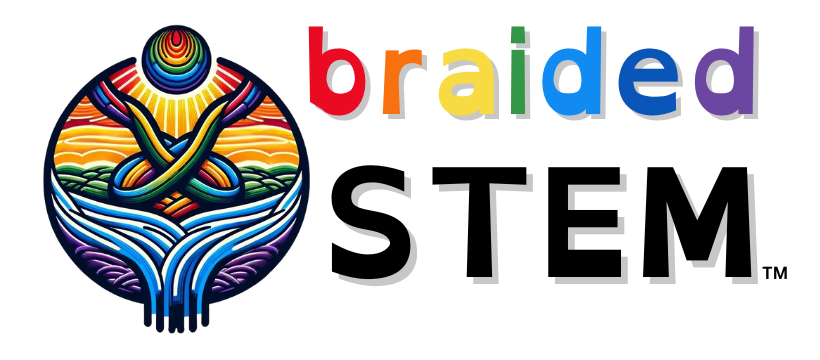Best Practices
Stanford NGSS Integrated Curriculum
An Exploration of a Multidimensional World This 6th, 7th, and 8th grade curriculum aligns to the California Integrated model in which earth and space science, life science, physical science and/or engineering are integrated within each curriculum unit. All the units: are project-based include Instructionally embedded assessments align to the 5E instructional model (i.e.,…
Read MoreSample Learning Menus for Remote Learning at Home
Home learning activities that include options that depend on low or no technology that focus on students’ interests and the world around them. States and schools can provide learning menu activities as options for ways for students to continue learning at home with their families and peers. Find sample learning menus for PreK-HS here.
Read MoreNSTA Daily Do
Daily Dos are sensemaking tasks teachers and parents can use to engage their students in authentic, relevant science learning. Students actively try to figure out how the world works (science) or how to design solutions to problems (engineering) using the science and engineering practices. Engaging in these practices requires that students be part of a learning…
Read MoreASTA Deeper Dive Middle School Units
Through an intense professional learning opportunity, 60 middle level teachers working in teams learned how to utilize Five Tools and Processes for Implementing AzSS. Participants created a 3D unit blueprint (Tool 1) and developed multiple instructional sequences (Tool 4) that formed a 3D science instructional unit utilizing the 5E instructional model. These draft units that are published are sample…
Read MoreNotice Phenomenon and Wonder Question Journals
Notice Phenomenon and Wonder Question Journals come in formats that are printer friendly and in Google classroom versions for both Slides and Docs. Great tools for helping students notice and wonder how the world works! Journal version included below include Notice Phenomenon and Wonder Question Journal. This is both pieces together and requires some assembly.…
Read MoreAnt Wrangling – #SciencingAndEngineering with The STEMAZing Project
Teacher/Learning Coach Guide with Best Practices and Strategies for Engaging Students [Coming Soon!] Notice Phenomenon and Wonder Question Journal If you want to use this resource in Google Classroom, you can find a Google Slides version of the Notice Phenomenon and Wonder Question Journal here: Notice Phenomenon and Wonder Question Journal for Google Classroom…
Read MoreBernoulli’s Principle – #SciencingAndEngineering with @TheSTEMAZingPro
Student Video Teacher Talk Video Teacher/Learning Coach Guide with Best Practices and Strategies for Engaging Students Notice Phenomenon and Wonder Question Journal If you want to use this resource in Google Classroom, you can find a Google Slides version of the Notice Phenomenon and Wonder Question Journal here: Notice Phenomenon and Wonder Question Journal…
Read MorePQRST Sciencing Journal V4 (recently UPDATED)
The PQRST Sciencing Journal is the A-Z (or at least P-T) template for helping your students process a phenomenon, play to learn, identify variables, design an experiment, conduct experiment to collect data, make a claim supported by evidence with scientific reasoning to explain it, and then keep thinking in questions. There are three versions of…
Read MoreMatchbox Car PQRST
This powerful lesson will not only teach students how to identify variables, design a scientific experiment, collect data, make a CER (claim, evidence, and reasoning) based on their experiment, and continue thinking in questions, it will also teach them girls can do anything! Using the inspiring story of…
Read MoreSeven Essential Life Skills
The Seven Essential Life Skills from Ellen Galinsky’s book Mind in the Making. Este recurso está disponible en español AQUÍ.
Read More